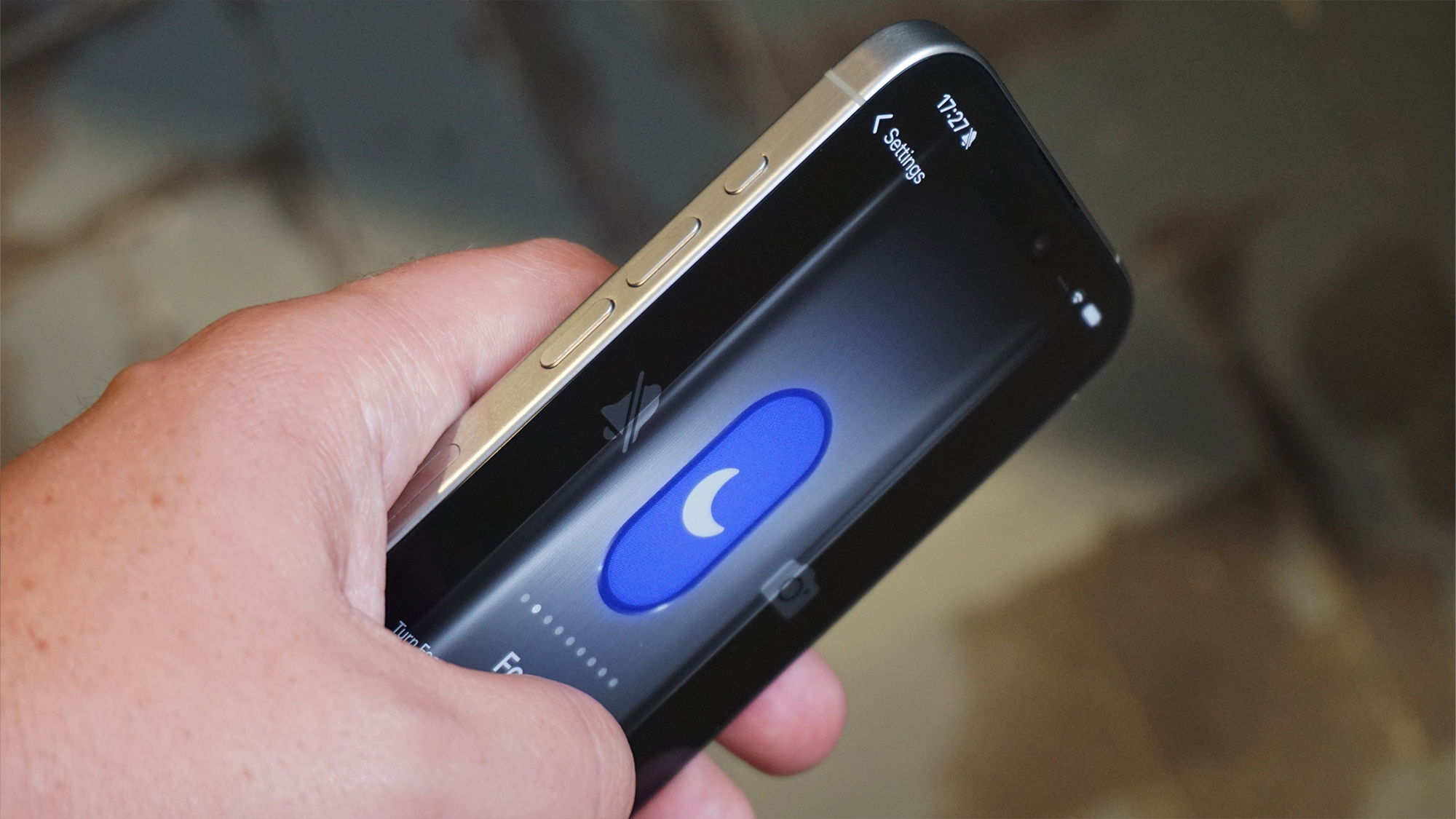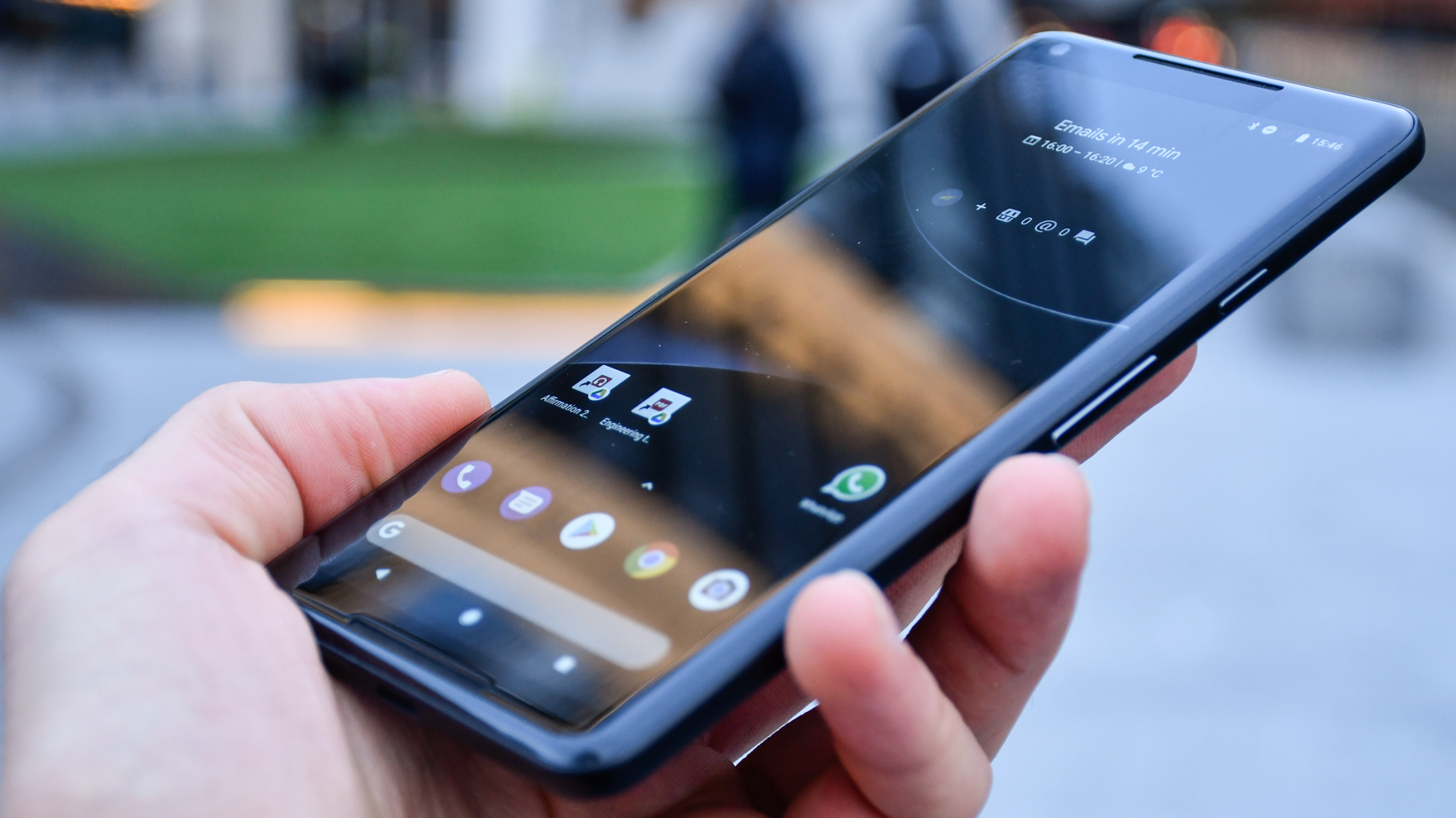Sure, the iPhone 15 Pro's Action button is great, but Apple should adopt this retro Google Pixel feature
I prefer to squeeze it than tap it

When Apple announced the iPhone 15 Pro and iPhone 15 Pro Max last year, I raised an eyebrow at the so-called Action button. While I like that Cupertino’s clever folks baked in more… errrr action into a somewhat redundant mute slider, I was less sold on the limitations of the button; after all, you could already use the volume buttons on previous iPhones to activate the camera app’s shutter.
But as I used the iPhone 15 Pro Max more, extolling the virtues of titanium and the overall near-perfect iPhone experience, I started to really love the action button.
I have it set to trigger the ‘torch’ option in iOS — aka the camera flash — and it’s surprisingly handy, especially on a Max phone. Before I’d have to swipe at the top of the phone to get the drop-down menu and then tap at the torch icon; if I happen to have wet hands (no not like that, live in rainy London) that wasn’t always easy.
So, the action button became a real boon in my life; that could be a sad reflection on my existence, but never mind.
However, as a tech journalist — or any journalist in general — I often find myself musing at quiet moments or during a commute. And today’s musing mixed with machinations over the Action button, triggered an unexpected thought.
I miss the squeezable sides of past Google Pixel phones.
First introduced with the Pixel 2 phones, Google equipped its phones with sides that triggered the Google Assistant via a short, sharp squeeze. I’m not exactly sure how it worked — there was something about strain gauges — but it was an effective way of waking up Google’s smarter take on Siri without barking the occasionally clunky “ok Google” activation phrase.
What might have felt like a superfluous feature became oddly useful and second nature. It also introduced a level of freshness and minor innovation into the Pixel phones, something I felt many phones were lacking at the time.
Sadly, the squeezable sides of the Pixel phones only lasted a few generations, going the way of the dodo when the Google Pixel 5 arrived with the search giant taking a different approach to phone design — less is more — before settling on the Pixel aesthetics and AI focus debuted with the Pixel 6.
Craving touch

Do I need squeezable sides to make a comeback in the smartphone arena? Not really.
But while the best phones lean towards AI integration and smart features that range between a gimmick and proper smartness, this is all happening on the software side, except for AI-centric chipsets. Yet, I feel there’s still some scope to be innovative and creative with phone hardware beyond just making the screen flex, as we see in the best foldable phones.
I’m expecting the rumored iPhone 16 line to be very much an evolution of the current Apple phones. But I’d love it if Apple took some inspiration from some of the quirkier phones of the past and introduced some new physical features or made the Action button even more functional, at the very least.
With all the AI tech, I’d love phones to make better use of haptics, accelerometers and other touchpoints to let me do more with a smartphone without necessarily looking at and tapping on a specific app or function.
Going by past phones, I feel Google is the type of company to introduce new hardware quirks and then Apple is the one that refines them to a fine point.
The early tease of the Google Pixel 9 Pro doesn't suggest a big design change is coming, but I hope the search giant has put something special underneath its hardware to excite and delight me and inject some creativity in the best Android phones; we’ll hopefully see rather soon.
You might also like
Get daily insight, inspiration and deals in your inbox
Sign up for breaking news, reviews, opinion, top tech deals, and more.
Roland Moore-Colyer is Managing Editor at TechRadar with a focus on phones and tablets, but a general interest in all things tech, especially those with a good story behind them. He can also be found writing about games, computers, and cars when the occasion arrives, and supports with the day-to-day running of TechRadar. When not at his desk Roland can be found wandering around London, often with a look of curiosity on his face and a nose for food markets.